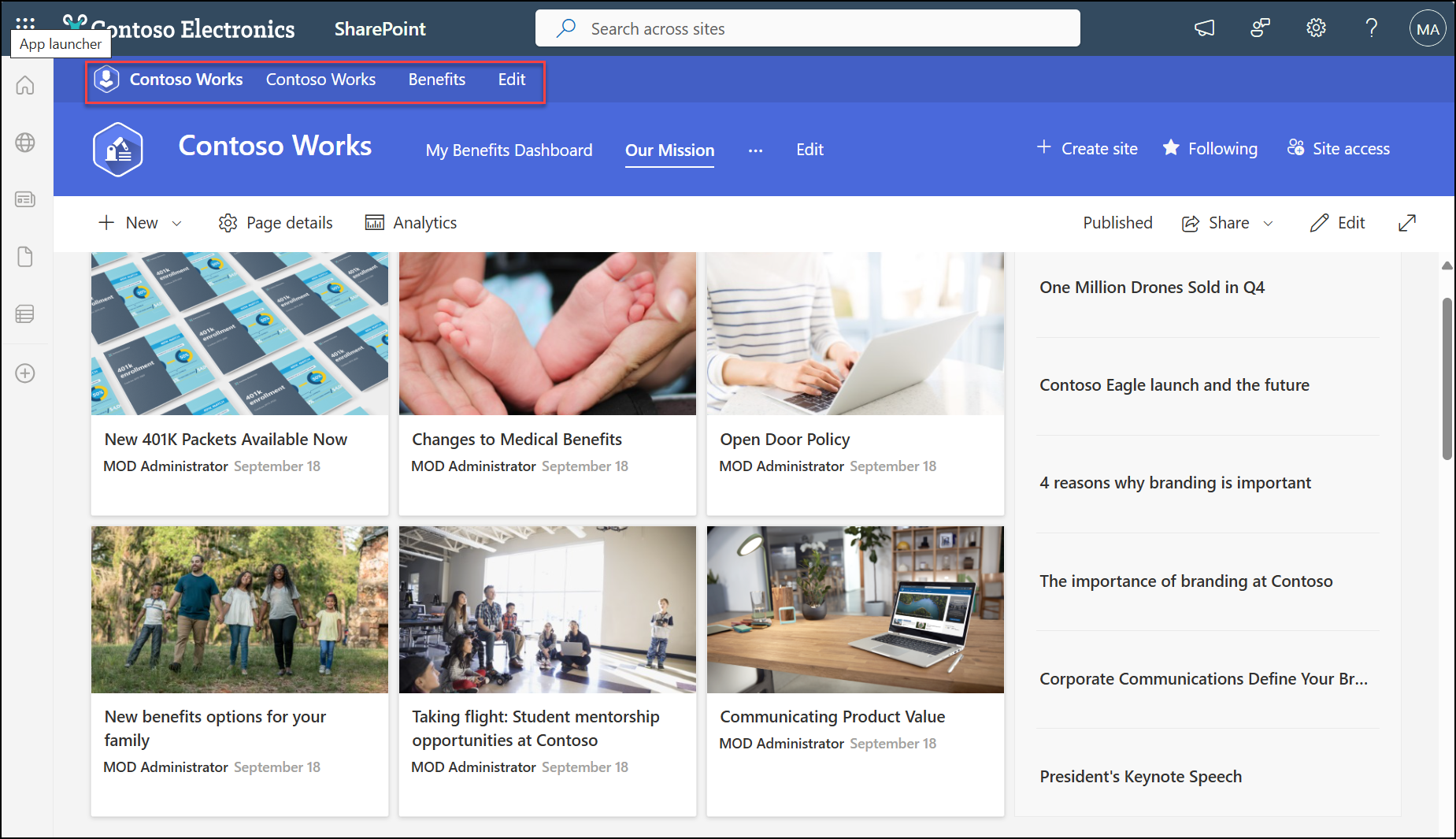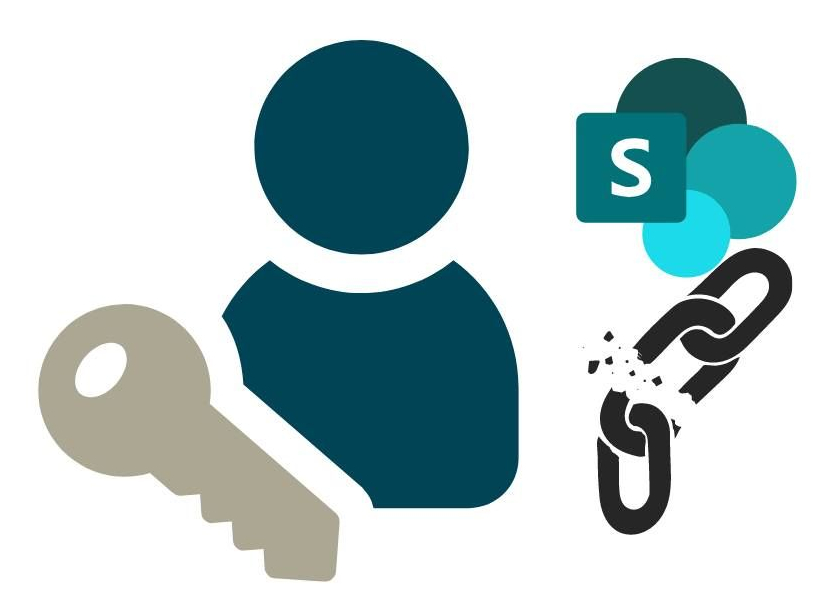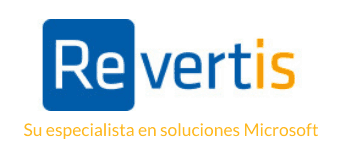5 tips to successfully migrate your document management to Microsoft 365 SharePoint
Over the years, we have carried out several document management migrations to M365 SharePoint. We have also been contacted by several clients who had migrated to SharePoint and were not getting the most out of it. In this article we are going to summarize the 5 most common mistakes we encounter when a client wants to migrate their document management to SharePoint, and we will detail how to avoid them.

At Revertís we adapt SharePoint to each client. Make no mistake, the intention is not to force your teams to change their working method, but rather to adapt SharePoint to your needs so you can work more effectively.
At Revertís we do not have a SharePoint implementation model that we copy and paste for every client. Each client is different. Some are organized by departments, others by clients or projects. We must find the model that best fits your business.
- Replicating the structure of our file server in SharePoint
 Whether your files come from a file server, from Dropbox, or from any system, we almost always find a vertical folder structure. Users with experience in office software (I include myself in this group) have gotten used to having our folder tree well organized. On many occasions, to reach our file we have to “open” four or five folders.
Whether your files come from a file server, from Dropbox, or from any system, we almost always find a vertical folder structure. Users with experience in office software (I include myself in this group) have gotten used to having our folder tree well organized. On many occasions, to reach our file we have to “open” four or five folders.
SharePoint allows you to use a flatter structure for documentation. In addition, we can create “weaker” links between groups of documents so that when there are changes in our organizational structure, it is much easier for us to reorganize document management.
This concept clashes a lot with most users. Younger people are more used to working with these concepts. It is similar to comparing a CD collection with Spotify. We keep CDs at home, neatly organized on a shelf, while younger people search the complete music collection for what interests them and create shortcuts to get to what they like.
- Migrating all files ot SharePoint without debugging
A very common mistake we encounter is migrating all files wholesale. Implementing SharePoint is the ideal time to carry out a cleanup. Really, how many times do we access a file that we haven’t opened for more than 5 years? Time is not the only criterion. Files from people who left the company years ago are on our servers taking up space; technical sheets for obsolete products, etc. We find that no one wants to take responsibility for “deleting” this data. It has to be done. If it is really problematic, we move this data to a “storage room.” 
Removing duplicates is also a good alternative to avoid overloading our SharePoint. And, as you can imagine, keep an eye on photos and videos. We come across 25 almost identical photos and videos of products that are already on mass-distribution platforms. SharePoint lets you open a folder and save links of interest to the videos.
In the end it’s like when we move house. We take the opportunity to throw away things we don’t use.
- Define the structure of Our SharePoint before starting to Migrate
Just as we don’t start building a house without plans, we don’t start the migration of our document management without having a Group Site structure in SharePoint.
This work is essential but does not limit the ability to make changes in the future. Don’t think that once SharePoint is organized, changes are difficult. On the contrary, SharePoint allows you to adapt to changes in your company quickly without loss of information.
It is also a good time to define our SharePoint style: corporate colors, folder structure, and document libraries.
We are often contacted by clients who have migrated their entire file server to a group site. Sometimes for security reasons: the current file server was showing signs of failure. Most of the time it is due to lack of knowledge of the tool.
- Change management
Adapting to SharePoint is a change for users. You need to plan a training program. It’s not many hours, but it’s important that the end user feels they master the tool. If the user understands and controls the concepts of Group Site, document library and how to search, it’s a big step toward a successful implementation. Providing quick access to information (without opening 5 folders) also helps product acceptance.

Depending on the size of your company, it is not necessary to migrate all departments at once. In small structures, this can be done without issue. In larger companies, it is advisable to proceed by projects or departments and roll out SharePoint progressively. Once one team has been migrated, the other departments will come asking when their change will happen.
- Permission management in SharePoint
SharePoint allows full control over access to documents: read, edit, delete. It’s easy to fall into the temptation of adding too many controls. It is more advisable to create several group sites or document libraries before granulating permissions within a folder structure. Over time you can then consolidate.
Above all, at the beginning, it’s better to use simple security groups and gradually add the restrictions that seem appropriate.

Controlling our documentation toward the outside is important as well. You must manage what we allow our users to share externally.
I always get a lot of criticism when I explain that the HR department must be involved in this area. We all understand that when a new employee joins, Human Resources knows whether a phone line will be provided, where their workstation will be, whether they have a car. And access to data?
Without expecting them to become IT specialists, HR should be able to explain to the IT team what kinds of data new members should have access to. In my view, M365 licenses should be treated the same as loaned equipment. In the end this new employee will have access to our know-how. Isn’t that the most important thing in our company?
Bonus
Once document management has been migrated, I invite the members of the IT team to explore what they can do with metadata. SharePoint allows you to add various metadata to documents and organize views of the documentation based on that metadata.

With good metadata management, some experts say you can reduce by up to 30% the time our staff spends searching for information. It is difficult to demonstrate 30%, but from experience it is true that access times are shortened.
Before migrating your document management, don’t hesitate to contact us. Revertís can help make it a success. It always takes much longer to modify later than to start off on the right foot.




